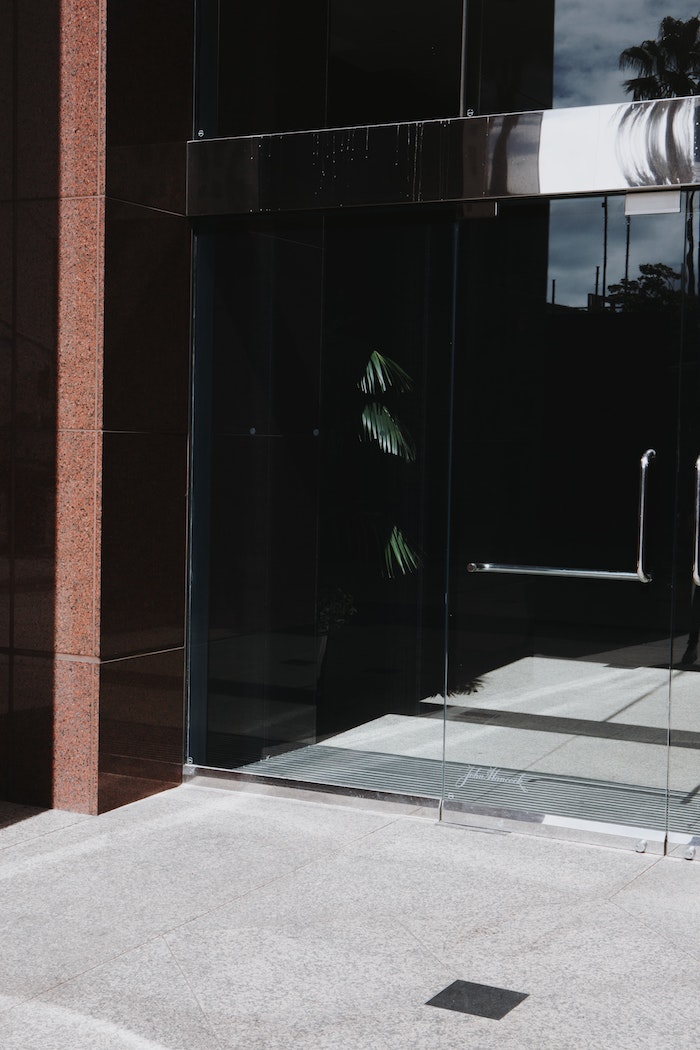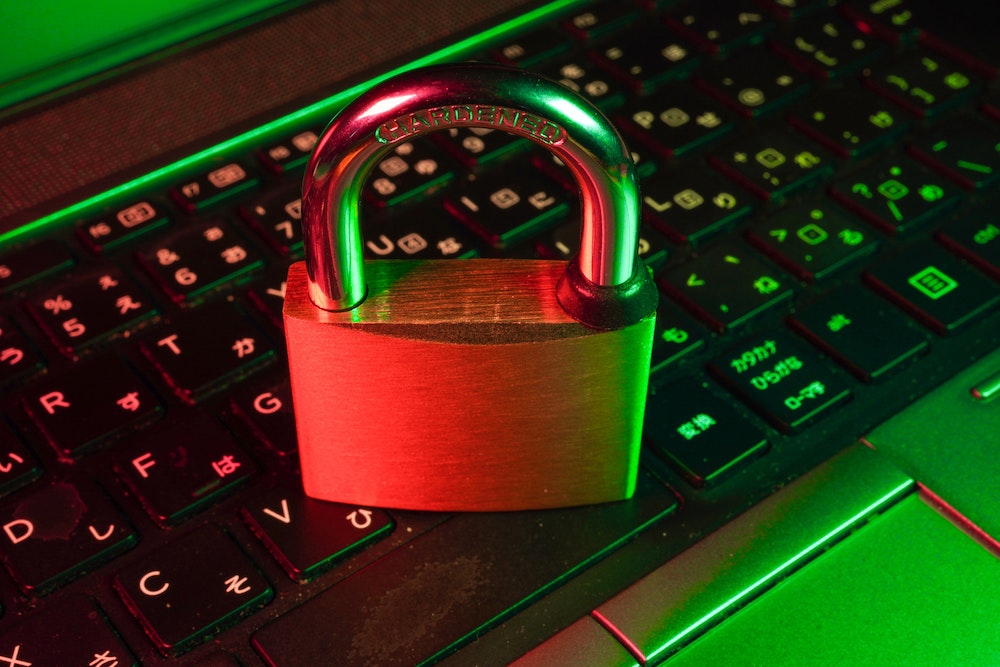Prox Card for Entry Systems
A proximity card is a type of access control card that uses radio-frequency identification (RFID) technology to communicate with a reader. Proximity cards are also known as proximity access control cards, proximity badges, or simply prox cards.
Proximity cards are used in a variety of applications including physical access control, time and attendance tracking, cashless vending, and event security. Physical access control is the most common application for proximity cards. In this application, prox cards are used in place of keys to open doors equipped with RFID readers.
Proximity cards typically come in one of two form factors: credit card size or key fob size. The most common proximity card is the credit card sized card. These cards are typically used in badge holders that are worn around the neck or clipped to a belt. Key fob proximity cards are smaller and designed to be carried on a key ring.

How do proximity cards work?
Proximity cards use radio-frequency identification (RFID) technology to communicate with an RFID reader. The card contains a microchip that stores information about the cardholder, and an antenna that transmits this information to the reader when the card is within range.
The reader, which is connected to a door controller, decodes the information on the card and determines whether or not to grant the cardholder access. If the card is valid and the cardholder is authorized to enter, the door controller will activate the door lock and allow the cardholder to pass through.
Advantages of using proximity cards
There are many advantages to using proximity cards for access control, time and attendance, cashless vending, and event security applications.
Some of the benefits of using proximity cards include:
– Proximity cards are more durable than traditional access control methods such as keys and keycards.
– Proximity cards can be read faster and more accurately than traditional methods, which reduces the chances of human error.
– Proximity cards can be programmed to provide access to multiple facilities, reducing the need to carry multiple keys or keycards.
– Proximity cards can be used with biometric authentication systems for an added layer of security.
– Proximity cards are less likely to be lost or stolen than traditional keys and keycards.
Disadvantages of using proximity cards
There are also some disadvantages to using proximity cards that should be considered before implementing a prox card system.
Some of the drawbacks of using proximity cards include:
– The initial cost of implementing a prox card system can be high.
– Proximity cards require a compatible RFID reader, which can add to the cost of the system.
– Proximity cards can be read by unauthorized individuals with the right equipment.
– The information stored on proximity cards can be copied and used to create counterfeit cards.
Types of entry systems that use proximity cards
There are a variety of entry systems that use proximity cards for access control. The most common type of prox card system is the wall-mounted reader system. In this system, an RFID reader is mounted on the wall next to the door that it controls. The cardholder simply holds their prox card up to the reader to gain access.
Another common type of prox card system is the handheld reader system. In this system, the RFID reader is handheld and must be within close range of the proximity card in order to read it. The card holder presents their prox card to the reader, and the reader must be close enough to the card to read it.
How to choose the right proximity card for your entry system
When choosing a prox card for your application, there are several factors that you should consider, such as form factor, chip type, operating frequency, and data storage capacity.
Form factor: Proximity cards come in two form factors: credit card size or key fob size. The most common proximity card is the credit card size, which is typically used in badge holders that are worn around the neck or clipped to a belt. Key fob proximity cards are smaller and designed to be carried on a key ring.
Chip type: The two most common types of chips used in proximity cards are low-frequency (LF) and high-frequency (HF). LF chips have a shorter read range than HF chips, but they are more resistant to interference from metal objects. HF chips have a longer read range and can operate at faster speeds, but they are more susceptible to interference from metal objects.
Operating frequency: Proximity cards operate at one of three frequencies: 125 kHz, 134 kHz, or 13.56 MHz. LF cards operate at 125 kHz or 134 kHz, while HF cards operate at 13.56 MHz. The frequency of the card determines the read range and data transfer speed.
Data storage capacity: Proximity cards can store a variety of information, such as the cardholder’s name, employee ID, and access privileges. The amount of information that can be stored on a proximity card is limited by the chip type and capacity.
So there you have it .. all you need to know about proximity cards.
Proximity cards are a common type of access control system that uses radio frequency identification (RFID) technology to grant or deny entry to a facility. Proximity cards are more durable than traditional access control methods, such as keys and keycards, and can be programmed to provide access to multiple doors or entry points. When choosing a proximity card for your application, there are several factors that you should consider, such as form factor, chip type, operating frequency, and data storage capacity.


